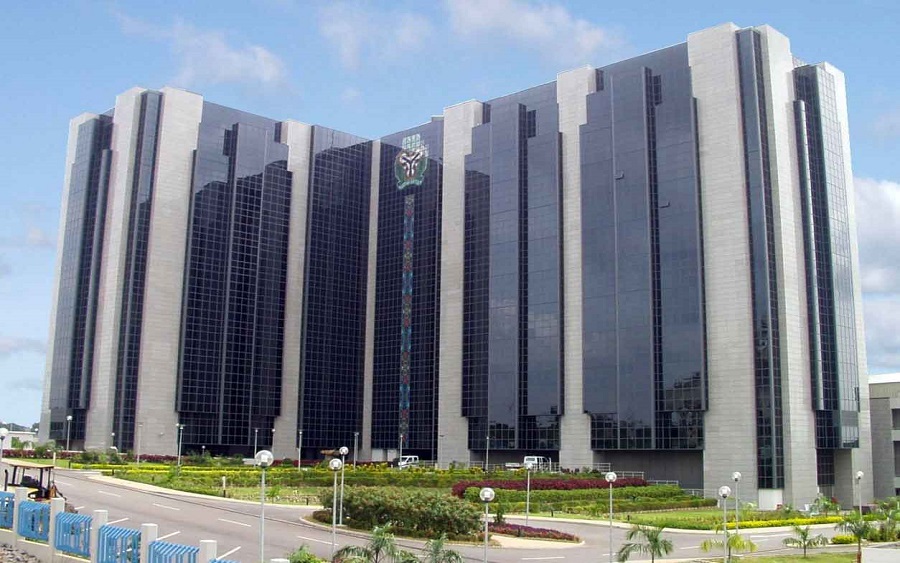The Central Bank of Nigeria’s manufacturing purchasing managing index has witnessed an increase from 58.0 as at September to 58.2 points in October.
The apex bank in the PMI report, which was issued on Friday and obtained by Nairametrics, stated that the latest index represents an expansion in the manufacturing sector.
The index, according to the CBN report, grew at a faster rate in October when compared to the index in September.
What it means: A composite PMI above 50 points indicates that the manufacturing/non-manufacturing economy is generally expanding, 50 points indicates no change and below 50 points indicates that it is generally contracting. The subsectors reporting growth are listed in the order of highest to lowest growth, while those reporting contraction are listed in the order of the highest to the lowest contraction.
Details of Manufacturing PMI: The Manufacturing and Non-Manufacturing PMI Report on businesses is based on survey responses, indicating the changes in the level of business activities in the current month compared with the preceding month.
For each of the indicators measured, this report shows the diffusion index of the responses, which is computed as the percentage of responses with positive change plus half of the percentage of those reporting no change, except for supplier delivery time, which is computed as the percentage of responses with negative change plus half of the percentage of those reporting no change. The composite PMI for the manufacturing sector is computed as the weighted average of five diffusion indices, namely: production level, level of new orders, suppliers’ delivery time, employment level and raw materials inventory/work in progress, with assigned weights of 25%, 30%, 15%, 10% and 20%, respectively.
It said 13 out of the 14 surveyed subsectors witnessed an increase in the month under review.
The high performance sectors are petroleum and coal products, cement, electrical equipment, furniture and related products; fabricated metal products, printing and related support activities, textile, and apparel.
Others are leather and footwear, food, beverage and tobacco products, non-metallic mineral products, plastics and rubber products, primary metal, chemical and pharmaceutical products, and transportation equipment.
In terms of production level, the report said the production level index for manufacturing sector grew for the 32nd consecutive month in October 2019.
The index, it said indicated a faster growth in the current month, when compared to its level in September 2019.
It said 11 out of the 14 manufacturing subsectors recorded increased production level, while three recorded decline.













